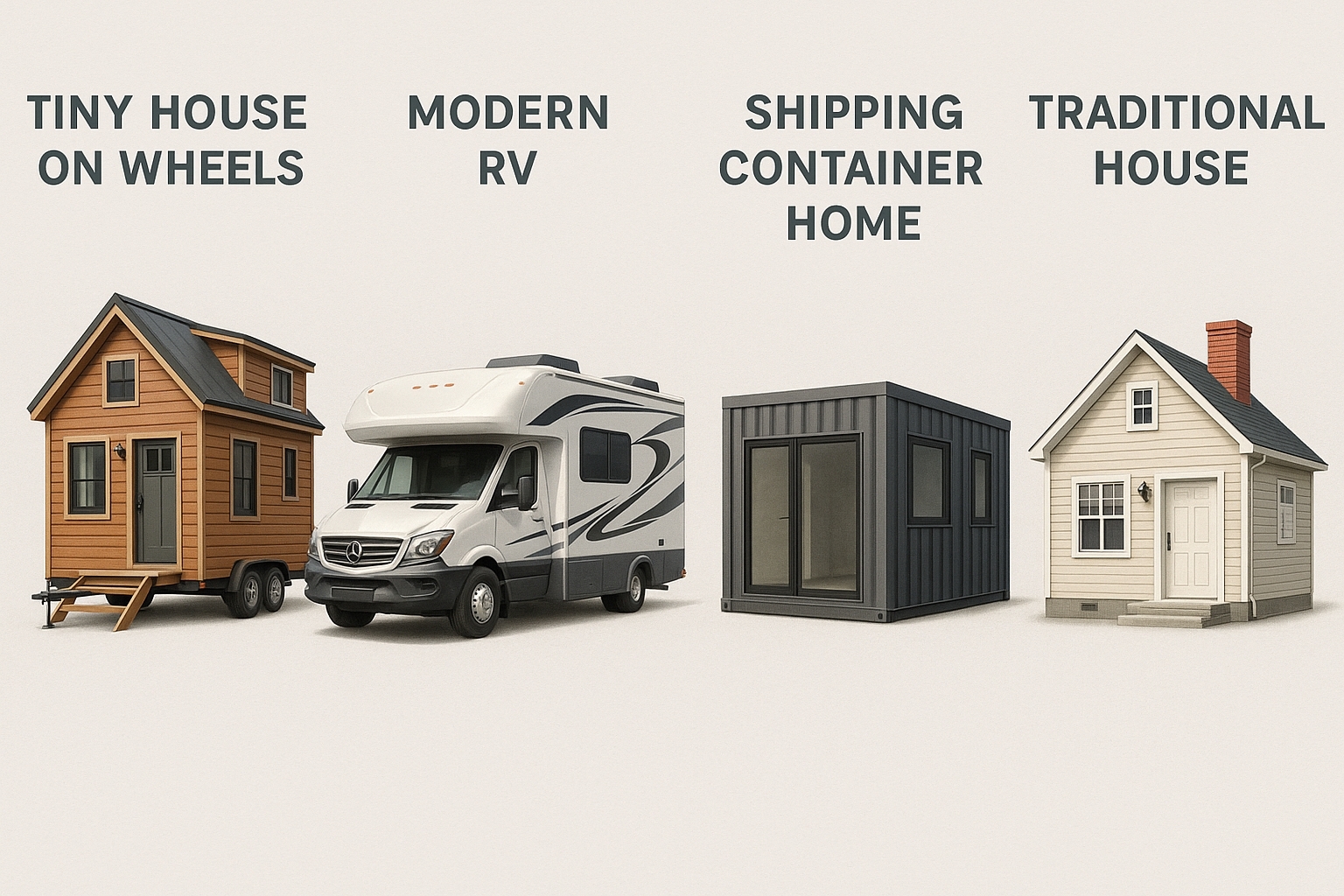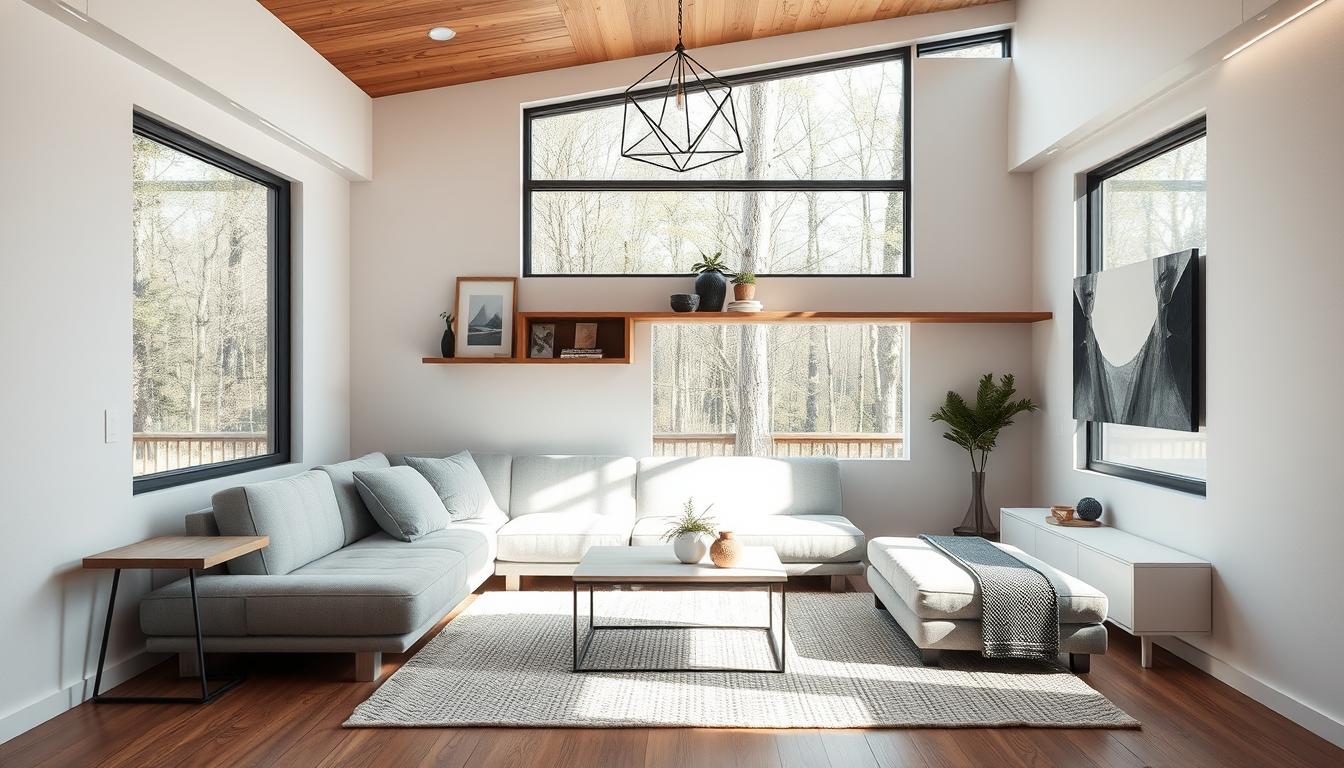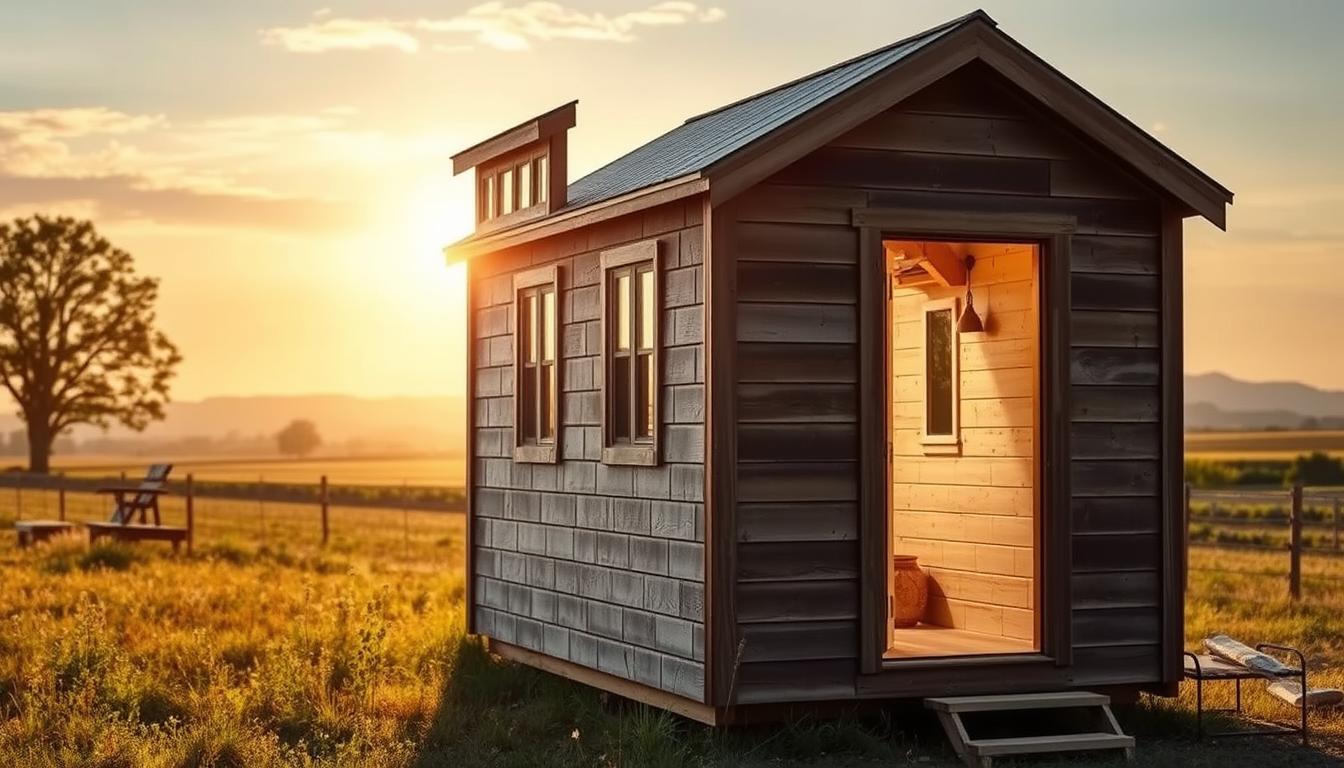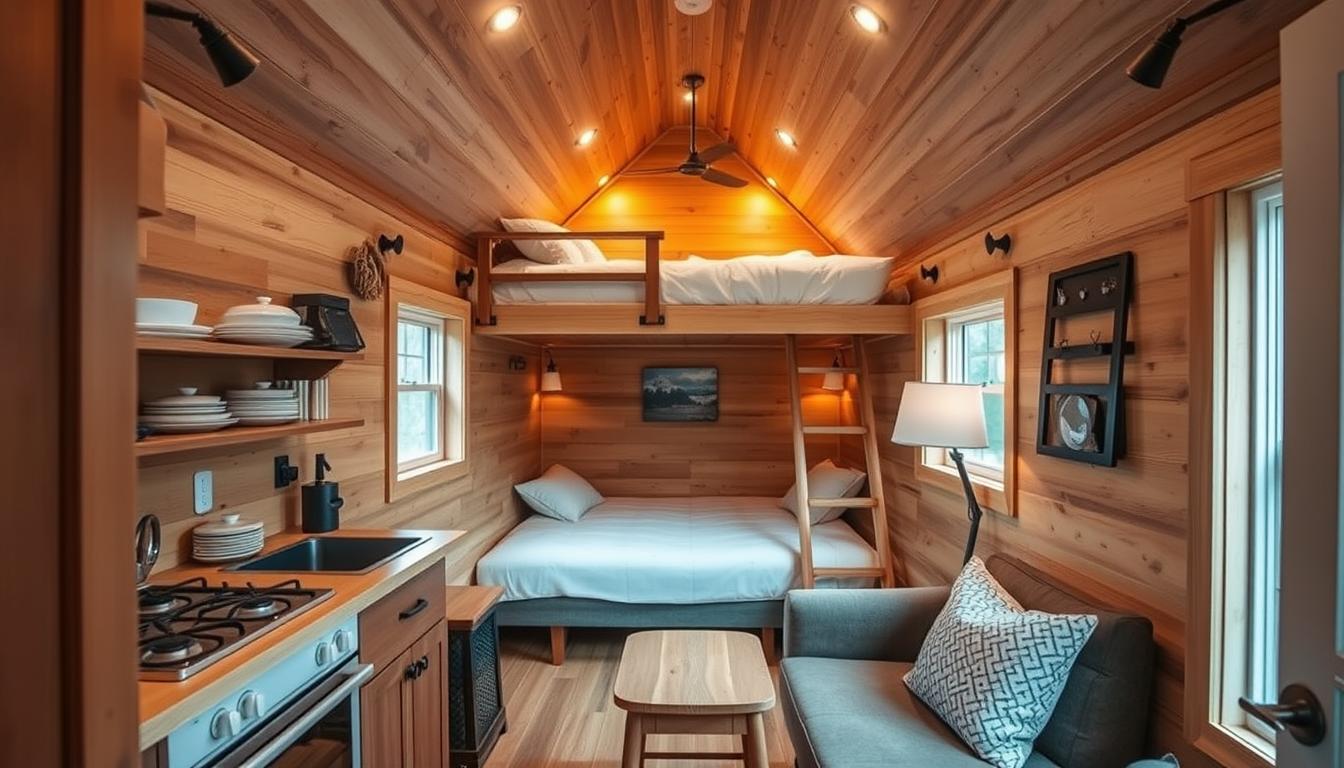Learn how to buy land and live in a tiny house
- Yes, you can legally buy land for a tiny house by researching zoning laws and understanding regulations.
- Consider sustainability, cost-effectiveness, and space maximization when living in a tiny house.
- Obtain permits, understand building codes, and be mindful of key restrictions as a tiny house owner.
Definition of Tiny Houses
Tiny houses, compact dwellings typically ranging from 100 to 400 square feet, offer a simpler, more sustainable way of living. These homes maximize functionality and minimize space usage with innovative solutions, attracting individuals seeking affordable housing options and a minimalistic lifestyle.
Rising Popularity of Tiny House Living
The tiny house movement gains momentum as people seek financial freedom, downsizing, and decluttering opportunities. Reduced construction costs, utility bills, and maintenance requirements make tiny houses an attractive option for those looking to embrace sustainable living practices.
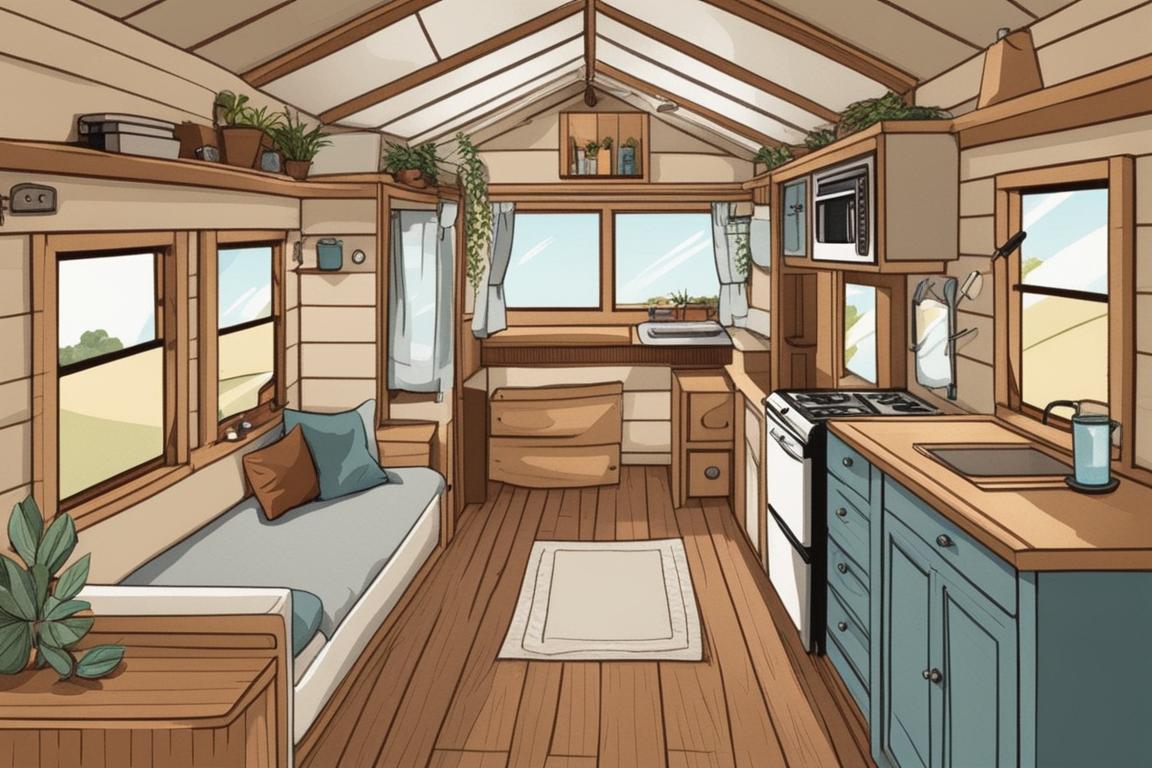
Benefits of Choosing a Tiny House
Tiny houses promote a closer connection to nature, encourage sustainable living practices, and offer flexibility in mobility and customization. Lower costs, reduced utility bills, and minimal maintenance requirements make tiny house living an appealing choice for many.
Can I Legally Buy Land for a Tiny House?
Importance of Researching Zoning Laws
Before purchasing land, research local zoning laws to ensure compliance with building codes. Different areas may have specific ordinances governing the size, placement, and occupancy of tiny houses, requiring thorough due diligence before making a purchase.
Understanding Regulations and Restrictions
Certain regions categorize tiny houses as accessory dwellings or temporary structures, imposing restrictions on permanent residence. Familiarize yourself with these regulations to navigate legal requirements and avoid conflicts with local authorities.
| Aspect | Description |
|---|---|
| Researching Zoning Laws | Understand local ordinances on tiny houses to ensure compliance with building codes. |
| Regulations and Restrictions | Familiarize yourself with restrictions on tiny houses as permanent dwellings in certain areas. |
| Location Factors | Consider access to utilities, community acceptance, and amenities when selecting a location. |
| Financing Options | Explore personal savings, loans, crowdfunding, or group investments for purchasing land. |
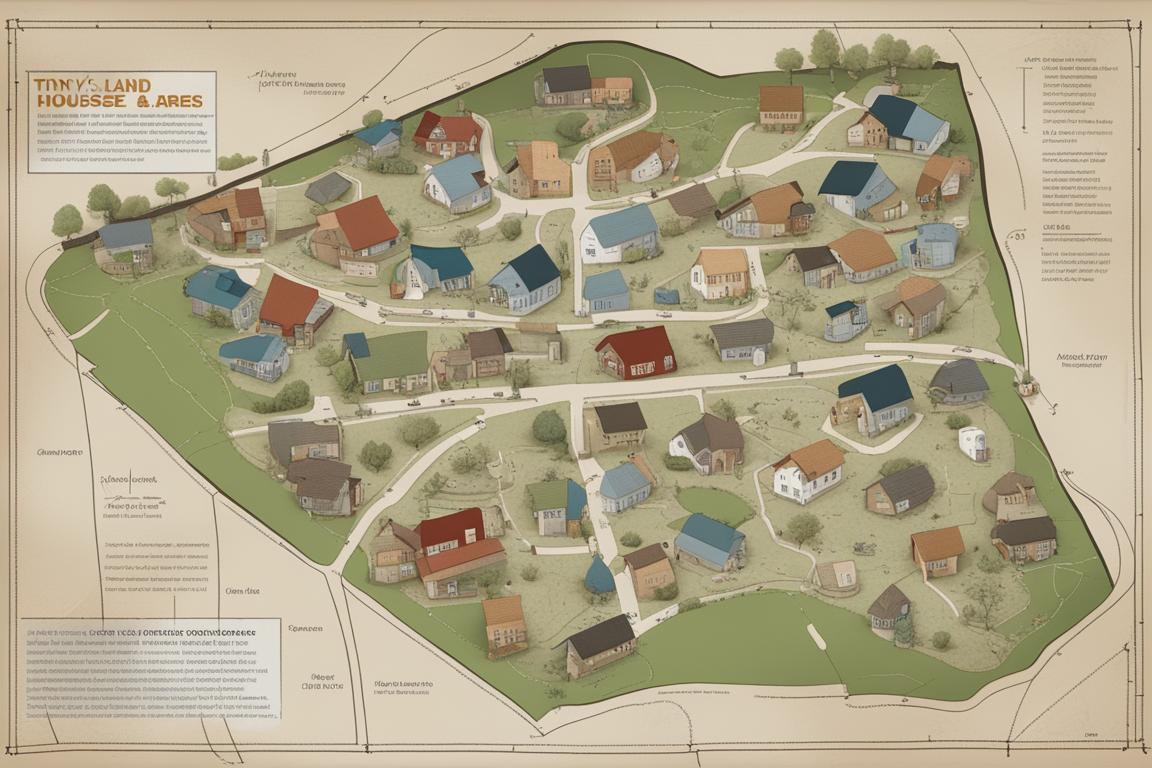
Location Considerations for Tiny House Living
Choosing the right location involves assessing factors like access to utilities, proximity to amenities, and community acceptance. Rural areas, cooperative communities, or designated tiny house villages may provide favorable environments for tiny house living.
Financing Options for Land Purchase
Financing land acquisition can be facilitated through personal savings, loans, crowdfunding, or group investments. Exploring different options enables individuals to secure suitable land for their tiny house while adhering to budget constraints.
Living in a Tiny House
Real-Life Tiny House Story: Sarah’s Journey to Tiny House Living
Sarah’s Inspiration to Downsize
Sarah, a marketing professional, always dreamed of simplifying her life and reducing her environmental impact. After stumbling upon the concept of tiny house living, she was immediately drawn to the idea of downsizing and living a more minimalist lifestyle. The thought of owning her own piece of land and customizing a tiny house to suit her needs excited her.
Overcoming Legal Hurdles
As Sarah delved deeper into her tiny house journey, she encountered various legal considerations that needed to be addressed. Researching zoning laws, understanding building codes, and obtaining the necessary permits were crucial steps in her process. Despite the initial challenges, Sarah’s determination and passion for tiny house living kept her motivated.
Building Her Dream Tiny House
With a clear vision in mind, Sarah began designing and building her tiny house on the land she purchased. Incorporating sustainable features and maximizing space were top priorities for her. Despite facing some setbacks during the construction process, Sarah’s perseverance and attention to detail paid off as she watched her dream home take shape.
Embracing Tiny House Living
Today, Sarah enjoys a fulfilling life in her tiny house, surrounded by nature and living off the grid. The sense of freedom and connection to her surroundings have exceeded her expectations. Sarah’s journey serves as an inspiration to others looking to embark on their own adventure in tiny house living.
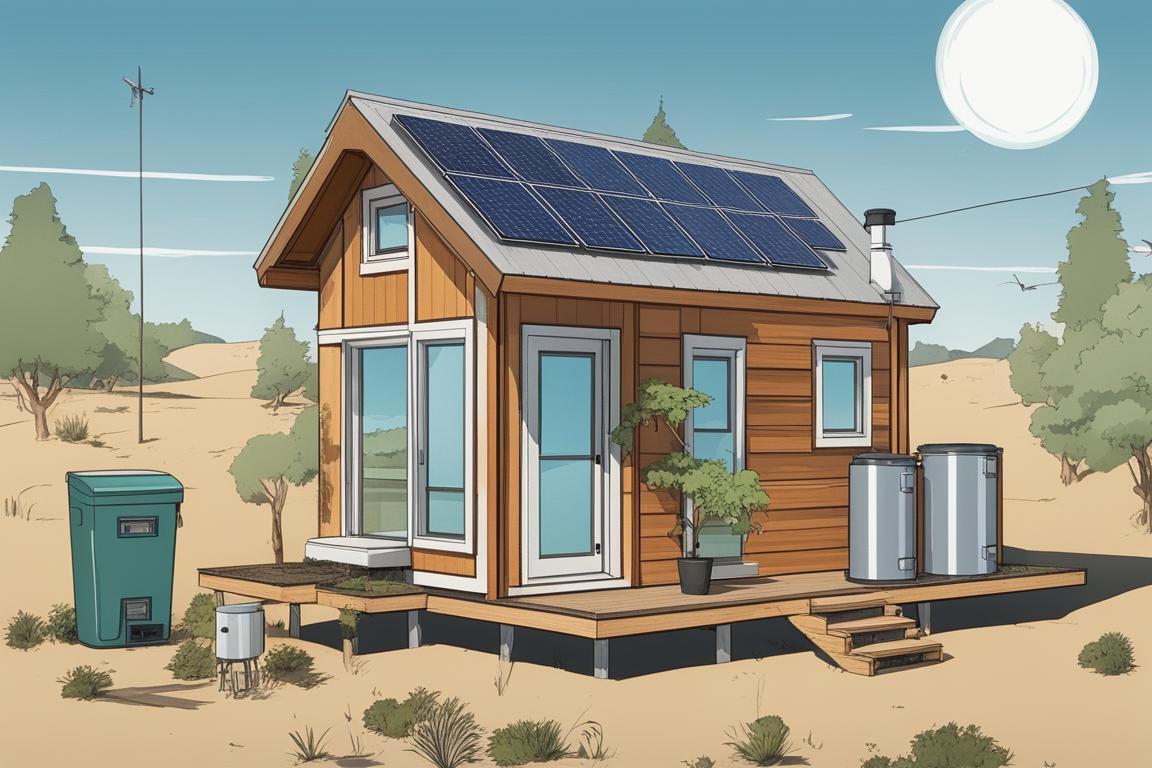
Sustainability and Environmental Benefits
Tiny houses promote sustainable living practices by reducing energy consumption, minimizing waste generation, and utilizing eco-friendly materials. Embracing a minimalist lifestyle fosters eco-consciousness and contributes to environmental conservation efforts.
Cost-Effectiveness of Tiny House Living
Lower construction costs, decreased utility expenses, and reduced property taxes make tiny house living financially advantageous. Individuals can achieve financial freedom, allocate resources efficiently, and prioritize experiences over material possessions by opting for a tiny house.
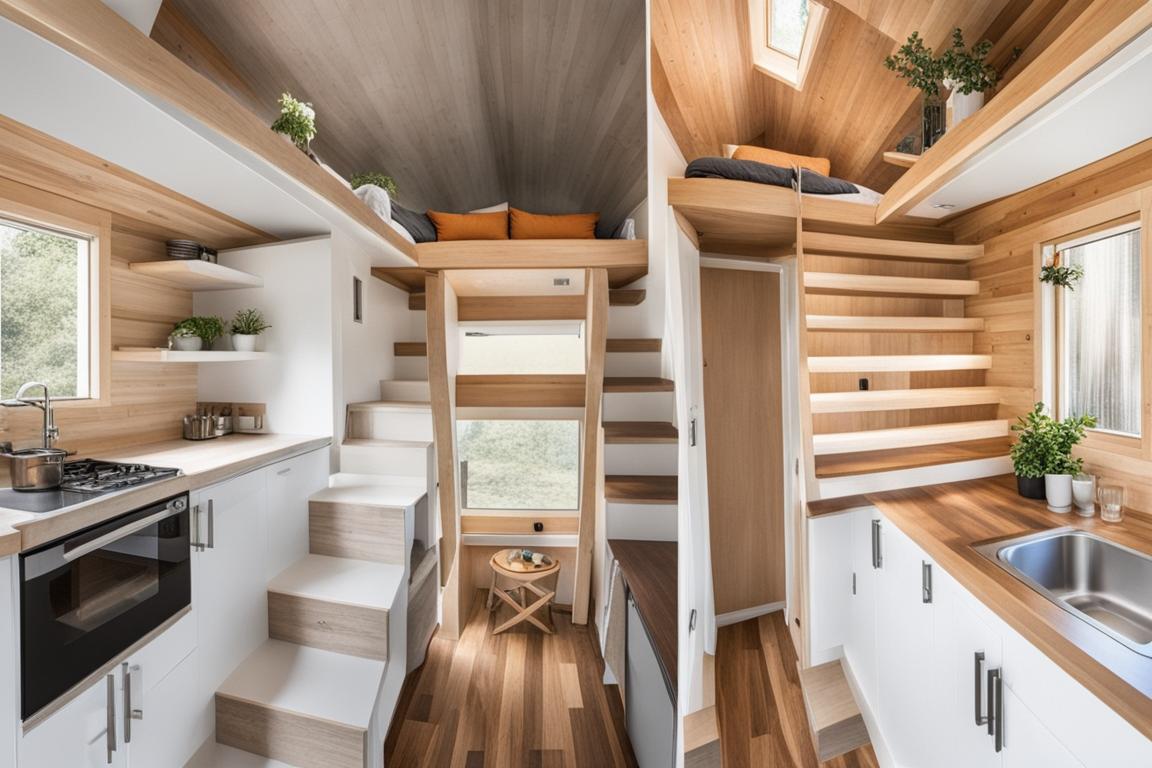
Maximizing Space in a Tiny House
Efficient space utilization through creative storage solutions and multifunctional furniture enhances comfort and functionality in a tiny house. Though compact, thoughtful design elements can create a cozy and inviting living environment within a tiny house’s limited footprint.
By integrating personal experiences and expert insights, this article aims to provide a comprehensive guide for individuals considering buying land and living in a tiny house.
Questions & Answers
Who can buy land and live in a tiny house?
Anyone interested in a minimalist lifestyle can buy land for a tiny house.
What are the regulations for living in a tiny house on land?
Regulations vary by location, so research local zoning laws before buying land.
How can I find land suitable for a tiny house?
Look for rural areas with lenient zoning laws or consider joining a tiny house community.
Is it possible to live in a tiny house legally?
Yes, if the tiny house complies with local building codes and zoning regulations.
How can I overcome objections to living in a tiny house on land?
Educate yourself on local regulations and showcase the benefits of tiny house living.
What are some common challenges of living in a tiny house on land?
Challenges include limited space, zoning restrictions, and off-grid living considerations.
With a background in sustainable architecture and urban planning, [Author] is a leading expert in the tiny house movement. Holding a Master’s degree in Environmental Design and having conducted extensive research on affordable housing solutions, they have a deep understanding of the benefits and challenges of tiny house living. [Author] has published numerous articles in reputable journals such as the Journal of Sustainable Development, exploring the environmental and social implications of small-scale living. Their expertise extends to zoning laws and regulations related to alternative housing options, providing valuable insights for individuals looking to buy land for a tiny house. By combining practical knowledge with a passion for sustainable living, [Author] offers a unique perspective on how to navigate the legal and logistical aspects of tiny house living.





